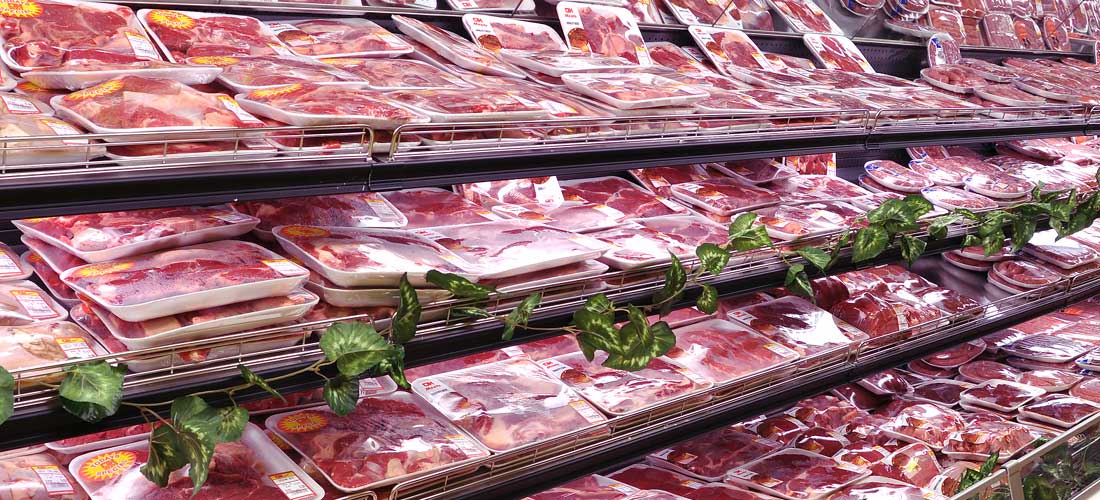



Article by: Hari Yellina
The cattle market in Australia has remained unaffected by the economic instability caused by the Ukraine conflict and lower earnings as customers around the world invest more in fuel. World beef prices have reached all-time highs, and a drop in consumer spending is driving meat buyers to one of Australia’s most important beef exports: grinding beef in the United States. All of this works to counteract downward pressure caused by low cattle prices at home. So far, the conflict and economic downturn have had no influence on global beef prices due to a lack of cattle availability in important exporting countries. According to the United Nations’ Food and Agricultural Organization, international bovine meat quotations hit a new high in February.
Its meat price index increased by more than 1% month over month and is now 15.3% higher than a year ago. Strong worldwide import demand, according to the FAO, was fueled by a scarcity of slaughter-ready cattle in Brazil and a high need for herd rebuilding in Australia. This month, the 90CL (chemical lean) indicator, which is the benchmark price for frozen manufactured beef entering the US, set a new high and is now up 20% year-on-year. Lean cow beef to the US for use in ground beef for burgers is a big element of the mix for Australian exporters. Angus Brown, a Mecardo analyst, said the Global Financial Crisis of 2006-2008 served as a model for what Australia’s beef exporters may expect in times of economic instability and a drop in consumer expenditure. He claims that the shift from higher-priced steaks to lower-priced burgers boosts demand for ground beef, of which Australian lean cow meat is a key component.
Through 2022, global beef markets are expected to remain very tight, resulting in price strength, especially when combined with increased demand as the pandemic is overcome. Lower production is expected from America and New Zealand, and export restrictions on some Brazilian and Argentinian products remain in place, according to Hannah Clarke of the Agriculture and Horticulture Development Board in the United Kingdom, while demand from the world’s largest importer, China, is expected to remain strong. However, there are warnings about headwinds.